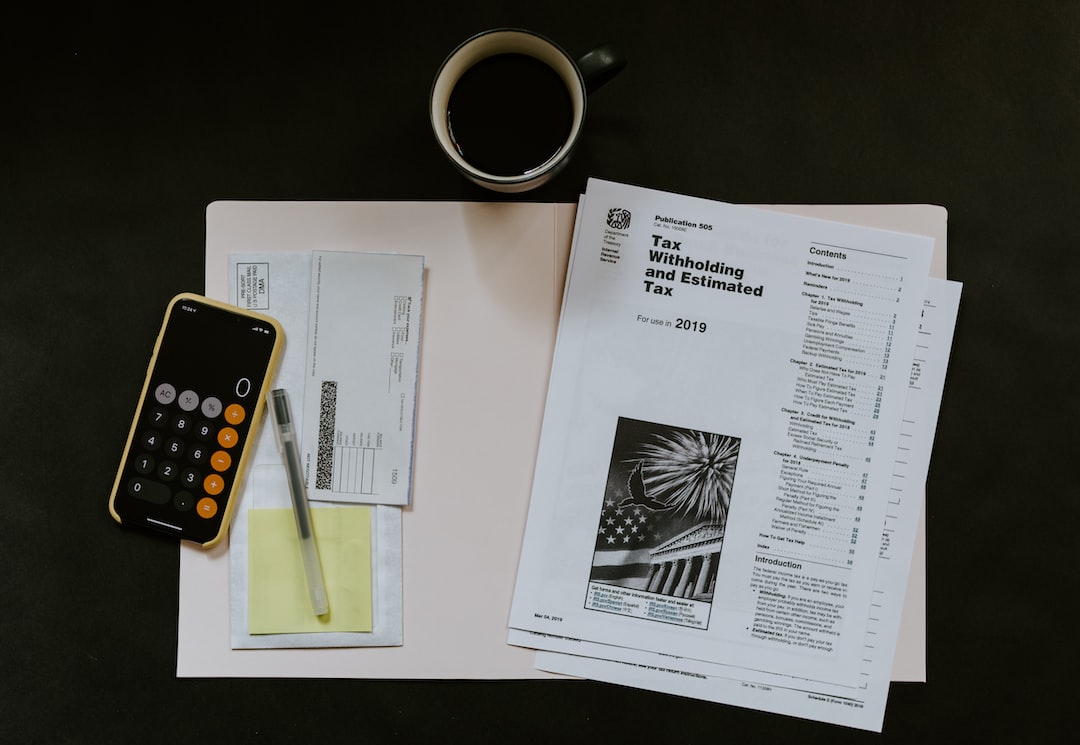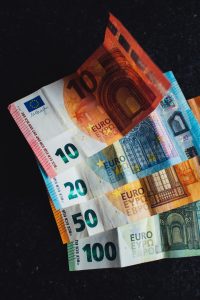Forex trading has become increasingly popular in recent years as more people look for ways to invest their money and generate profits. Forex, or foreign exchange, trading involves buying and selling currencies in order to make a profit from the fluctuations in exchange rates. In this article, we will explain what forex trading is, how it works, and the risks and benefits involved in this type of investment.
What is Forex Trading?
Forex trading is the buying and selling of currencies in the global market. The aim of forex trading is to make a profit by speculating on the movements of currency exchange rates. Currencies are traded in pairs, such as the EUR/USD (Euro/US Dollar), USD/JPY (US Dollar/Japanese Yen), and GBP/USD (British Pound/US Dollar). These pairs represent the relative value of one currency against another.
Traders can buy or sell a currency pair, depending on whether they think the exchange rate will rise or fall. For example, if a trader believes that the EUR/USD exchange rate will increase, they would buy the EUR/USD pair. If they think the rate will decrease, they would sell the pair. The aim is to buy low and sell high, or sell high and buy low, in order to make a profit.
How Does Forex Trading Work?
Forex trading takes place in the global market, which is open 24 hours a day, five days a week. The market is decentralized, which means that there is no central exchange where all trades take place. Instead, trades are conducted electronically through a network of banks, financial institutions, and individual traders.
The forex market is the largest financial market in the world, with an average daily trading volume of $6.6 trillion. The market is highly liquid, which means that traders can enter or exit positions quickly and easily. This also means that the market is highly volatile, with exchange rates fluctuating rapidly in response to economic and political events.
Forex trading involves using leverage, which allows traders to control a large amount of currency with a relatively small investment. For example, a trader might use a leverage ratio of 100:1, which means that they can control $100,000 worth of currency with a $1,000 investment. While leverage can amplify profits, it can also amplify losses.
Risks and Benefits of Forex Trading
Forex trading can be highly profitable, but it also carries a high level of risk. The volatile nature of the market means that prices can fluctuate rapidly, and traders can lose money quickly if they make a mistake. Additionally, the use of leverage can amplify losses, which means that traders need to be careful when using this tool.
Despite the risks, forex trading can be highly rewarding for those who are successful. The global market is highly liquid, which means that there are always opportunities to make a profit. Additionally, the market is open 24 hours a day, five days a week, which means that traders can trade whenever they like.
One of the biggest advantages of forex trading is that it is accessible to anyone with an internet connection. There are no barriers to entry, and traders can start with a relatively small investment. Additionally, there are many resources available to help traders learn the basics of forex trading, including online courses, webinars, and forums.
Conclusion
Forex trading is a popular way to invest money and generate profits. It involves buying and selling currencies in the global market in order to make a profit from the fluctuations in exchange rates. While forex trading can be highly profitable, it also carries a high level of risk. Traders need to be careful when using leverage, and they need to be aware of the volatile nature of the market. Despite the risks, forex trading can be highly rewarding for those who are successful, and it is accessible to anyone with an internet connection.






